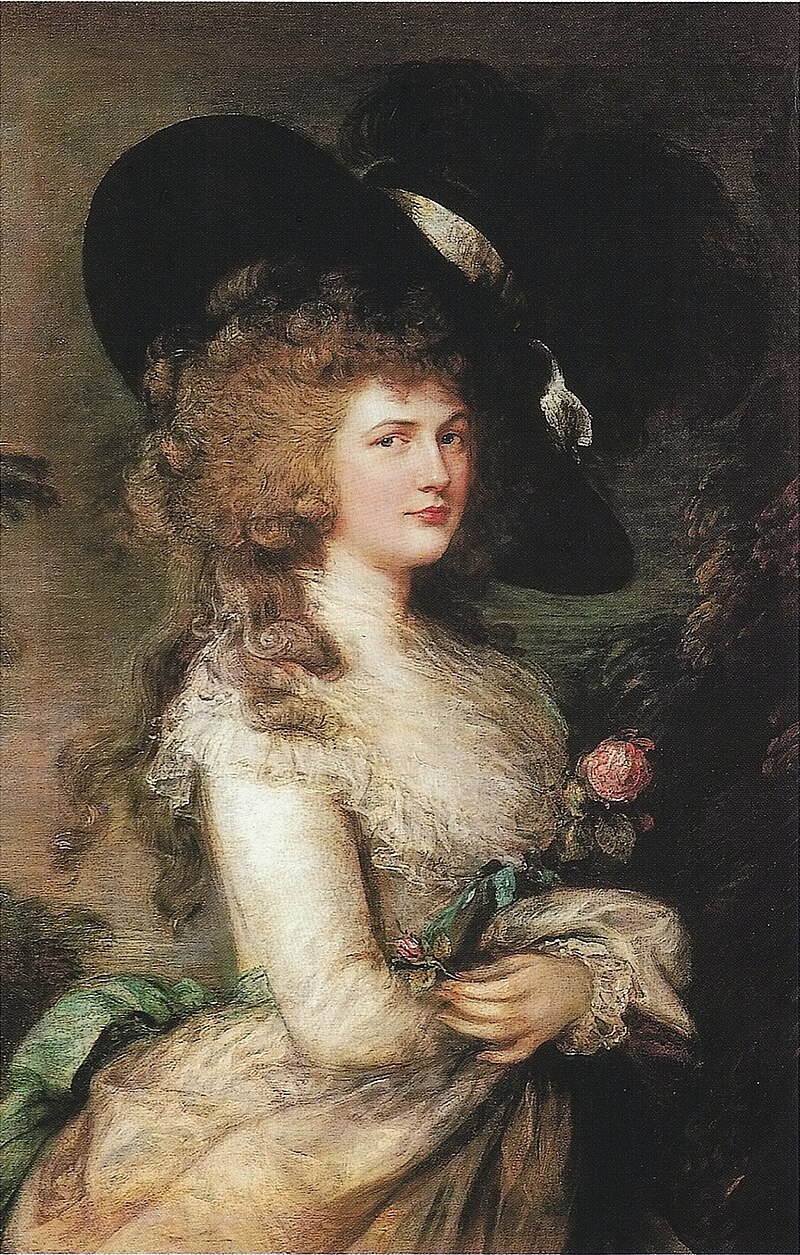This was the fit before the alteration. Now it's not meant to be a tight laced bodice or so, but you can see that it was way too big, especially at the bust. With some help from my sister, who is the one who actually sewed the gown originally, I ripped up one of the side seams. She then pinned the bodice closer to the body. I then handsewed the side seams and attached the skirt again.
Here you can see how much fabric I could remove. It's uneven because I wanted the stripes in the fabric to still match, even with a tigher fit, so I had to take more from one side than another. Also I didn't want to cut away the excess fabric, maybe someone in the future will want to make it bigger, so I just folded and pressed the extra fabric down. I sewed the pieces together by sewing the two outer layers and one of the linings together, and then covering the raw edges with the other piece of lining.
It's a bad picture, but you can see that the fit at the bust is a lot better now.
Here is the gown on my dressform, and eventhough it's not usable for my corseted measurements it's very cose to my natural measurements.
Now this project was taught me quite a few things. It was the first time I used waxed linen thread, and sewing with nice but not too fine linen fabric. I was surprised to see that I could make stitches that were basically invisible against the fabric. I actually enjoyed the handsewing, and now I'm looking forward to doing more of it.
What the item is: a refitted traditional costume from Vika parish, Dalarna, Sweden.
The Challenge: 8 Heirlooms and Heritage
Fabric: Linen
Pattern: none
Year: This is a hard one. The costume was reconstructed in the 1920's, but is supposedly reconstructed from older fabrics and dress pieces found in the parish, but it's still very much used today.
Notions: Black and white linen thread, bees wax.
How historically accurate is it? It's accurate to how the traditional costumes were done in the 1920's. Over the years they have been made in different ways, this is more old fashioned since it's completely handsewn.
Hours to complete: 3, including the fitting.
First worn: Not yet.
Total cost:






































